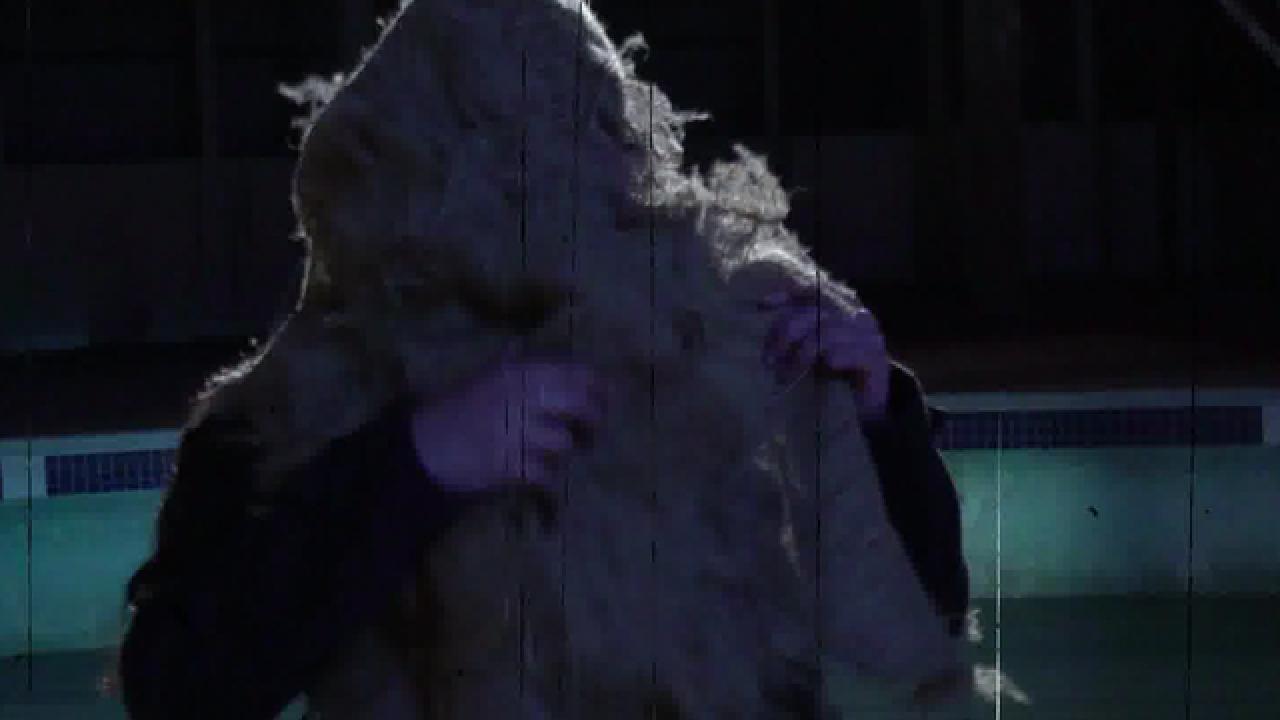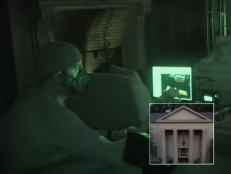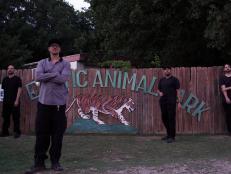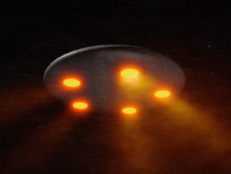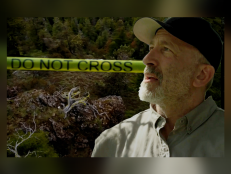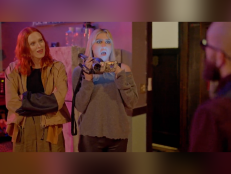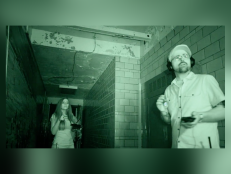Sensory Deprivation, Spirits & Scares: Why the Ghost Bait Method is Effective
Are you willing to become the bait?
If you’re being tormented daily by an unseen paranormal force, just walking through a dark hallway, facing a dark room, can make chills flow down your spine. But what if you were asked to not only walk in there, but sit, alone, with a hood over your head and face your tormenter head on?
Get ready for Ghost Bait, where clients are expected to follow this method of strategic sensory deprivation and immersion therapy to face their fears and reclaim control over their lives.
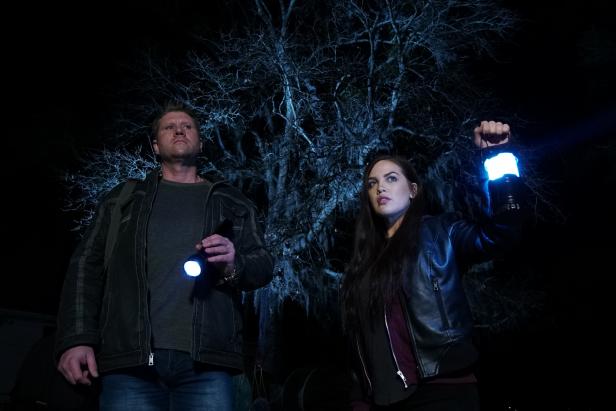
While other shows tend to focus on the location first, Ghost Bait's paranormal pioneer Bob Magill and Tina Storer identify the people that are being affected and need help. They search for the people that have tried every other method and avenue to solve their problem and are still unsuccessful, and vet them in a thorough multi-step process including phone, Skype and in-person interviews.
“These cases are personal, and we cannot properly help them until we have a complete understanding of who they are and how this is affecting their lives,” says Magill.
Ghost Bait’s use of sensory deprivation is a unique method throughout the field. Driven by a desire to help people take back control of their lives from the unexplained occurrences, Magill believes that a direct method is the most effective. By using the sensory deprivation in an area the spirit frequents, the client is asked to directly face their fear, with the Ghost Bait team’s constant support, of course, while simultaneously regaining their control over the situation.
“With every single case I feel that it is my responsibility to help these clients in every way that I can.”
Considering the intensity (and controversial nature) of the method, we caught up with Magill to let him shed some light on the infamous, blinding hood.
What makes Ghost Bait different from the average paranormal show?
Magill: Ghost Bait is not your typical approach to the paranormal. At its core it certainly has all of the elements that fans of the paranormal enjoy; history, ghost stories and the exploration of the unknown. What makes Ghost Bait what it is however is that it is truly about real people that just need a little help. There is nothing more fulfilling than watching the transformation of someone who found strength and empowerment in real time right before your eyes… Ghost Bait gives [people] hope for a normal life moving forward, and that is why I do what I do.
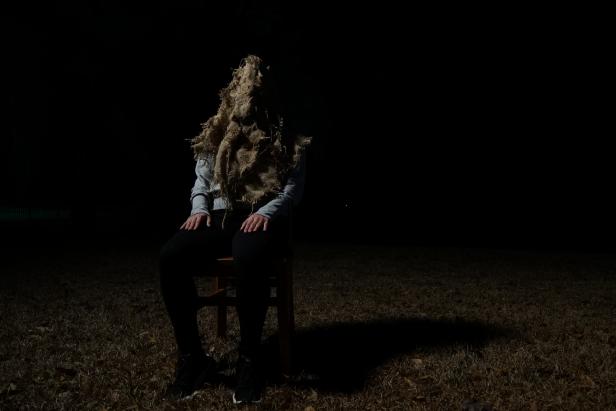
How did you realize that sensory deprivation could be a good technique for your clients?
Magill: The use of sensory deprivation became a key component of the overall approach of Ghost Bait, which is actually called “immersion therapy.”
Definition: Immersion therapy is a psychological technique which allows a patient to overcome fears (phobias).
If you are afraid of heights, immersion therapy would have you riding a glass elevator to the top floor, standing on an overlook and, eventually, getting on an airplane or even going sky diving. The idea being that if you face that fear in a more intense way than when you have to face it in day-to-day life, it is less intense. For instance, painting the ceiling in your kitchen and climbing a 6-foot-high ladder – suddenly you are empowered to do so with little or no fear. But to achieve that you must force yourself to face that fear and come to terms with it, on your own.
Being a therapist I had learned the value in such an approach and have applied it to help those facing fears rooted in the paranormal, and with that, I created Ghost Bait.

Every time the hood comes out, I can only imagine the fear your clients must be feeling. And on top of it, they’re left alone in the space they fear most. Can you dive in a little deeper into why you use this method?
Magill: This method is used for several reasons. When we travel to meet with our clients unfortunately, we have a limited amount of time to spend with them. Because we only have a few days, we need to take on their issues in a very direct manner. It is critical that the approach be driven by our clients themselves. The most effective way to achieve this is to ask our clients to face their fears directly, but with our support.
The use of the hood is for the purpose sensory deprivation. There is a belief that fear in and of itself can drive spirits out and intensify their interaction with the living. Taking away someone’s sense of sight has a number of effects. First and foremost, it forces them to “feel” what is in the room with them, not “look” for it. As a result, the client is actually more focused when they are not constantly looking around the room for that which they are afraid of. This has a byproduct of intensifying their fear because they initially feel more vulnerable. This, combined with putting them alone in the place they fear the most, becomes the perfect storm for the spirit to make itself known to them so that they can confront it head on.
Do you check in with your clients after your investigation? Can you reveal if anyone from this season has found peace post-investigation?
Magill: It is important to make sure that the client has full support after we conclude our investigation. This is achieved by giving them access to our team once our investigation is complete. We also follow-up with them to make sure they are finding continued success. It is critical to provide them with “after-care” by giving them resources for continued support. This can be anything from key individuals that are local to them that we brought in for our investigation to connecting them with additional individuals down the line.
In regards to clients finding peace, thus far, everyone we have worked with has found some level of peace in their lives, despite how intense getting to that point has been for them.
Think you can handle this kind of immersion? Tune in to 'Ghost Bait' Thursday nights at 10|9c on Travel Channel.
